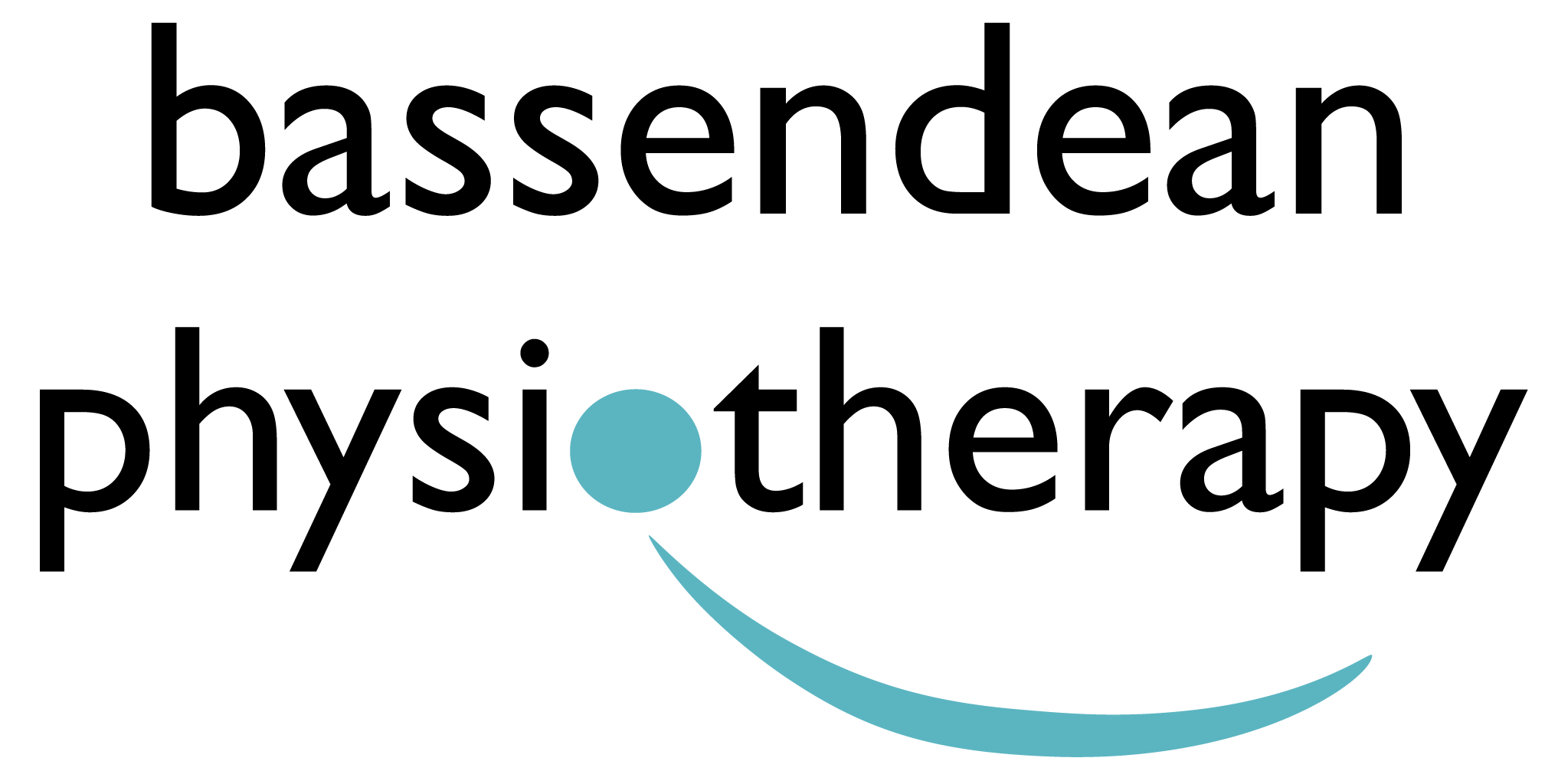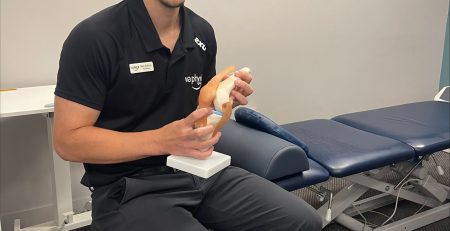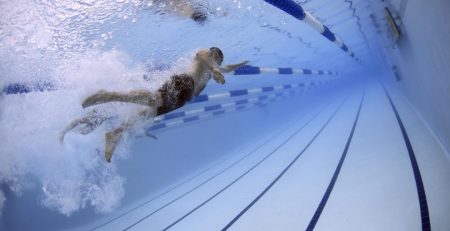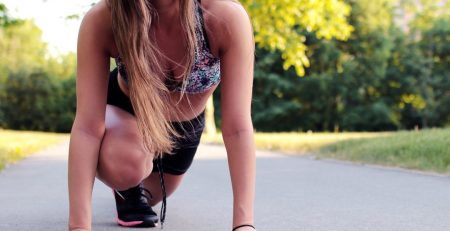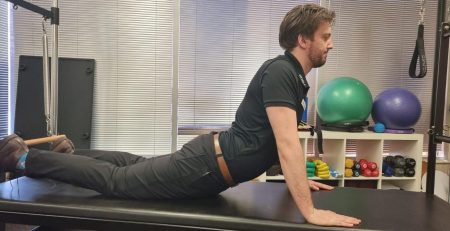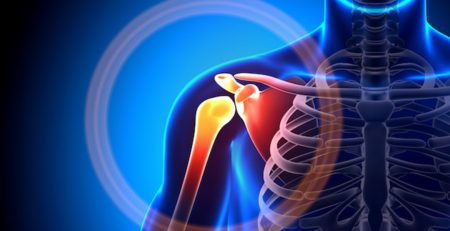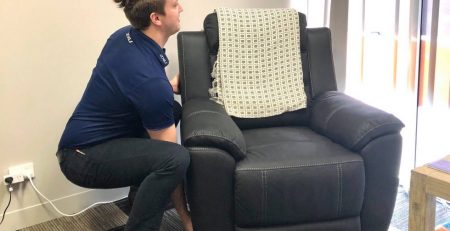Pelvic Girdle Pain (PGP) and Pregnancy
What is Pelvic Girdle Pain during pregnancy?
Pelvic Girdle Pain refers to musculoskeletal pain disorders of the pelvic girdle region. Most often pain is described to be in one or more of the following; the pubic bone region (front of the pelvis), between your pubic bone and tailbone, one or both sacroiliac joints (rear of the pelvis) and the gluteal region.
Contributing factors to symptoms in this region during pregnancy include changed movement patterns/muscle function, poor sleep, increased stress levels, changes in hormones during pregnancy and position of your baby.
PGP is common in pregnancy with different investigations reporting various rates (from 20- 70%) and most commonly women with PGP can also report some lower back pain.
The important thing to understand is that your pelvic girdle is not “unstable” or “out of place” but likely changes in muscle function and load cause increased pain sensitivity at the various joints/ligaments in the pelvic girdle region, particularly during pregnancy.
During pregnancy early management via Physiotherapy can assist to help manage the PGP and reduce pain, and/or prevent worsening symptoms. Most PGP during pregnancy resolves quickly once you have given birth. If it hasn’t improved within a week or gets worse post-partum, go to see your physio for some advice/assistance.
Do you think you have PGP?
Pain is often aggravated during:
- Standing
- Walking
- Sitting
- Twisting
- Climbing of stairs
- Turning while in bed
What Can I do?
- See your Physiotherapist to modify some of the above activities to give you relief. Sometimes it’s as simple as changing a movement pattern or behaviour that you don’t realise you’re doing that can significantly change the pain.
- Manual therapy by your physiotherapist can assist with temporary pain relief
- Be sensitive of labour/intimate positions that involve separation of the legs- consider all fours or other even weight-bearing positions to minimise your pain.
- Avoid prolonging activities that cause pain and fatigue- paced or modified activity may be beneficial
- Minimise positions/activities that aggravate the condition such as
– Sustained postures
– Unequal weight bearing (eg; standing favouring one leg)
– Bouncing
– Hip abduction (spreading legs apart from each other – such as in/out of car etc)
– Wearing uncomfortable footwear such as high heels - Use pillows to support the abdomen while lying on the side and in sitting, support the lower
back - Local application of heat or cold may help
- Hydrotherapy can be useful in reducing pain whilst enabling you to continue with activity
- A supportive pregnancy belt may be beneficial
- Using aids such as crutches, walking frames or wheelchairs in severe cases – however we want to try and avoid this!
- Exercising before and during pregnancy to maintain strength to assist with posture and weight bearing activities
- Stress, nutrition and sleep are always key factors with any kind of pain related conditions, so it is important you are maintaining a healthy, balanced diet, sleep approx. 8 hrs each night and can manage your stress. If you have any concerns don’t hesitate to speak to your GP or physiotherapist who can help you come up with a plan or refer to an appropriate professional who can assist if they are unable.
References:
1) KEMH (2015) – Minor Symptoms or disorders in pregnancy: Clinical Guidelines. Found at: https://www.kemh.health.wa.gov.au/~/media/Files/Hospitals/WNHS/For%20health%20professi
onals/Clinical%20guidelines/OG/WNHS.OG.DiscomfortsinPregnancyCommon.pdf
2) In Touch (2013) – Sacroiliac Joint- pelvic series. Found at: http://www.pain-ed.com/wp- content/uploads/2013/08/SIJ-pelvis-In-Touch-Beales-OSullivan.pdf
3) Beales, D. and O'Sullivan, P. (2011). A Biopsychosocial Model for Pelvic Girdle Pain: A Contemporary Evidence-Based Perspective. Physioscience. 7: pp. 1-9.
Author

Jovana Bozic
Physiotherapist
This month’s blog post is by our Physiotherapist Jovana Bozic.
Jovana enjoys treating a wide range of musculoskeletal conditions. She has previously worked with state touch football teams, local rugby union clubs and plays touch football socially herself. She also has a keen interest in Women’s Health and is able to assess and treat for Pelvic girdle pain, other antenatal aches and pains, post natal care including abdominal diastasis, and general pelvic floor training. She is also able to assess and treat various continence issues.
